 Call at :
+86 18681515767
Call at :
+86 18681515767
 Email :
marketing@jtspeedwork.com
Email :
marketing@jtspeedwork.com
 Call at :
+86 18681515767
Call at :
+86 18681515767
 Email :
marketing@jtspeedwork.com
Email :
marketing@jtspeedwork.com
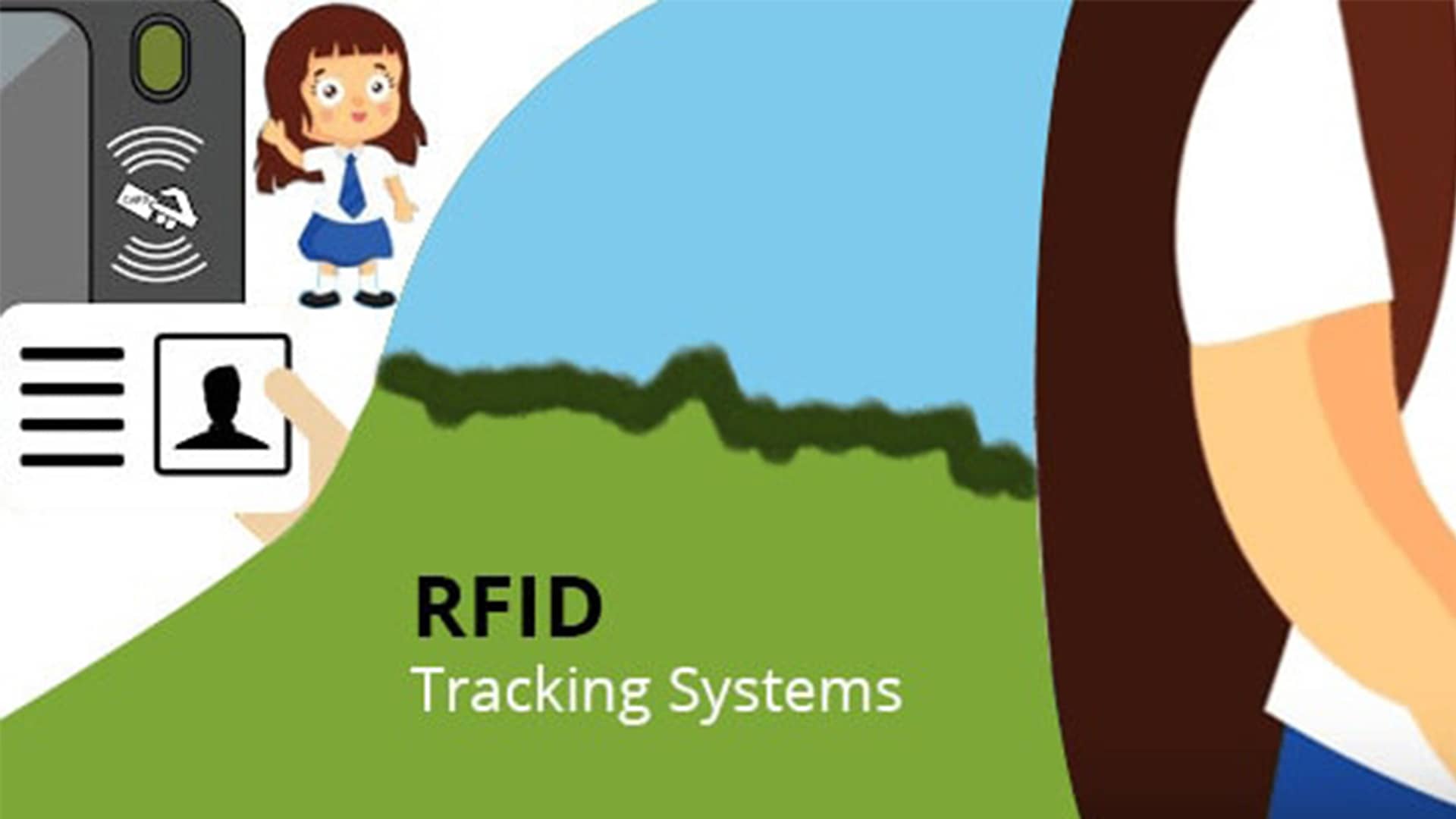
In today's information age, schools are not only places of knowledge transfer but also nurturing grounds for student growth and development. As digital technologies become more widespread, more schools are turning to intelligent solutions to enhance management efficiency and improve the experience of both teachers and students. RFID readers and RFID tags, as flexible and efficient technologies, are quietly transforming the ways schools manage attendance and equipment, making campus management more convenient and intelligent. 1. Introduction to RFID Readers and RFID Tags: Simplifying Management RFID (Radio Frequency Identification) technology uses radio waves to identify and track object information. In traditional barcode systems, information is read by scanning each barcode individually, and the recognition distance is limited. In contrast, the combination of RFID readers and RFID tags allows for the quick and accurate transmission of data over greater distances, significantly improving efficiency. In schools, RFID readers and RFID tags are applied not only to manage textbooks and teaching equipment but also to streamline student attendance, campus safety, and equipment maintenance. With RFID tags, schools can transition from cumbersome manual management to smart, automated systems, allowing teachers and students to enjoy more efficient and convenient services. 2. RFID Readers and RFID Tags in Attendance Management: Simplifying Attendance Tracking Traditional attendance methods usually rely on teachers taking roll call or students manually signing in. While these methods are simple, they often lead to issues such as missed entries, inaccurate attendance records, and cheating. With the introduction of RFID readers and RFID tags, attendance management undergoes a revolutionary change. 1. Automatic Check-in, No Manual Operation Required In schools that use RFID readers and RFID tags, students simply need to wear identity badges containing RFID tags, such as cards, wristbands, or student IDs. When students enter the classroom, the RFID reader in the room automatically recognizes their identity and records it in the attendance system. This ensures that attendance data is recorded accurately and in real-time, eliminating the possibility of missed entries due to the teacher's busyness. This method not only improves the accuracy of attendance records but also reduces the time teachers spend on roll call. Students no longer need to worry about missing the roll call or cheating and can focus better on their lessons. 2. Automatic Alerts for Absent Students If a student is absent, the RFID reader will immediately update the system, generating an absentee alert that notifies the teacher or school administrators. This automated early-warning system allows schools to quickly understand attendance issues and take action as needed. RFID attendance systems can also integrate with other school systems, such as health management and extracurricular activity schedul...
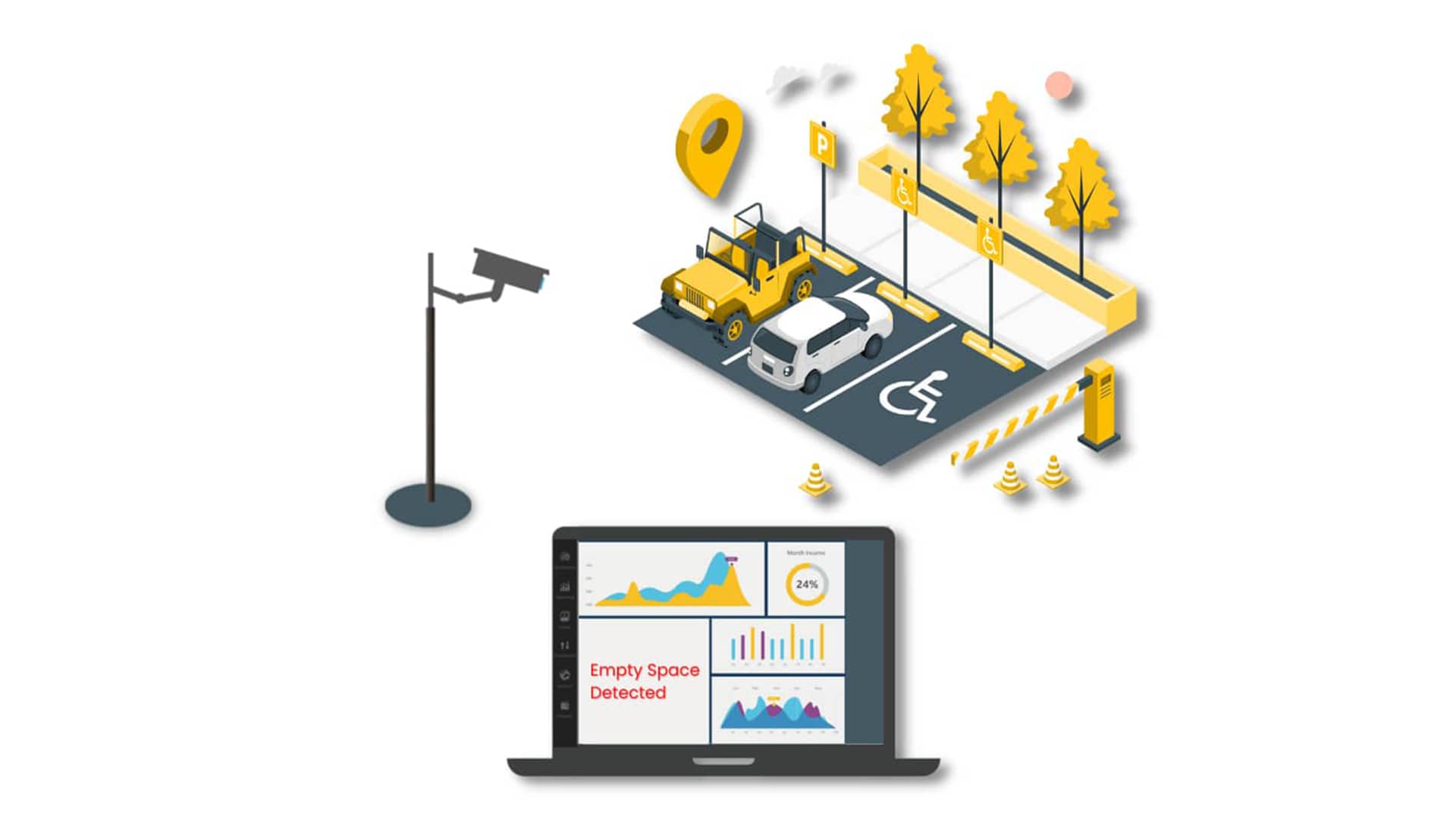
As urbanization accelerates, issues like difficulty finding parking and chaotic parking management have become increasingly prominent. Traditional parking management methods rely on manual payment systems and often result in drivers wasting time searching for parking spaces, while also being inefficient. In recent years, the rise of RFID technology has brought about significant changes in parking management. RFID enables automatic vehicle identification, automatic billing, and intelligent parking space allocation, greatly improving both the efficiency and convenience of urban parking management. RFID (Radio Frequency Identification) technology works by using wireless radio signals to identify objects. It mainly consists of three parts: RFID tags, RFID readers, and data management systems. An RFID tag is a small electronic device attached to a vehicle that contains a microchip and antenna to store a unique identification code for the vehicle. The RFID reader emits radio frequency signals and reads the information stored in the tag. When a vehicle enters or exits a parking lot, the system automatically recognizes the vehicle by reading the RFID tag. The data management system processes the collected information, updates real-time data such as available parking spaces and parking duration, and helps operators manage the parking lot more efficiently. RFID technology is applied in parking management mainly through automatic payment systems, intelligent parking space allocation, and flow monitoring. First, RFID enables automated billing. When a vehicle enters the parking lot, the RFID tag on the vehicle is recognized by the reader, and the system automatically records the entry time. When the vehicle exits, the system reads the tag again, calculates the parking duration, and automatically charges the driver. The entire process eliminates the need for drivers to take tickets or wait in line to pay, significantly reducing manual intervention and improving operational efficiency. Second, RFID technology helps parking lots achieve intelligent parking space allocation. RFID tags installed in parking spaces allow the system to monitor parking space usage in real time and update the availability of spaces. When a driver enters the parking lot, the system can guide them to an available spot through the data management system, reducing the time wasted in searching for parking spaces. This not only improves the utilization of parking spaces but also enhances the overall parking experience for drivers. Additionally, RFID technology enables real-time flow monitoring of parking lots. The entry and exit information of each vehicle is recorded by the RFID system in real time, allowing managers to analyze the parking lot’s usage. For example, the system can help identify peak hours of traffic, areas with high demand for parking, and optimize the layout and pricing strategy accordingly. RFID systems also allow managers to adjust parking fees dynamically based on traffi...
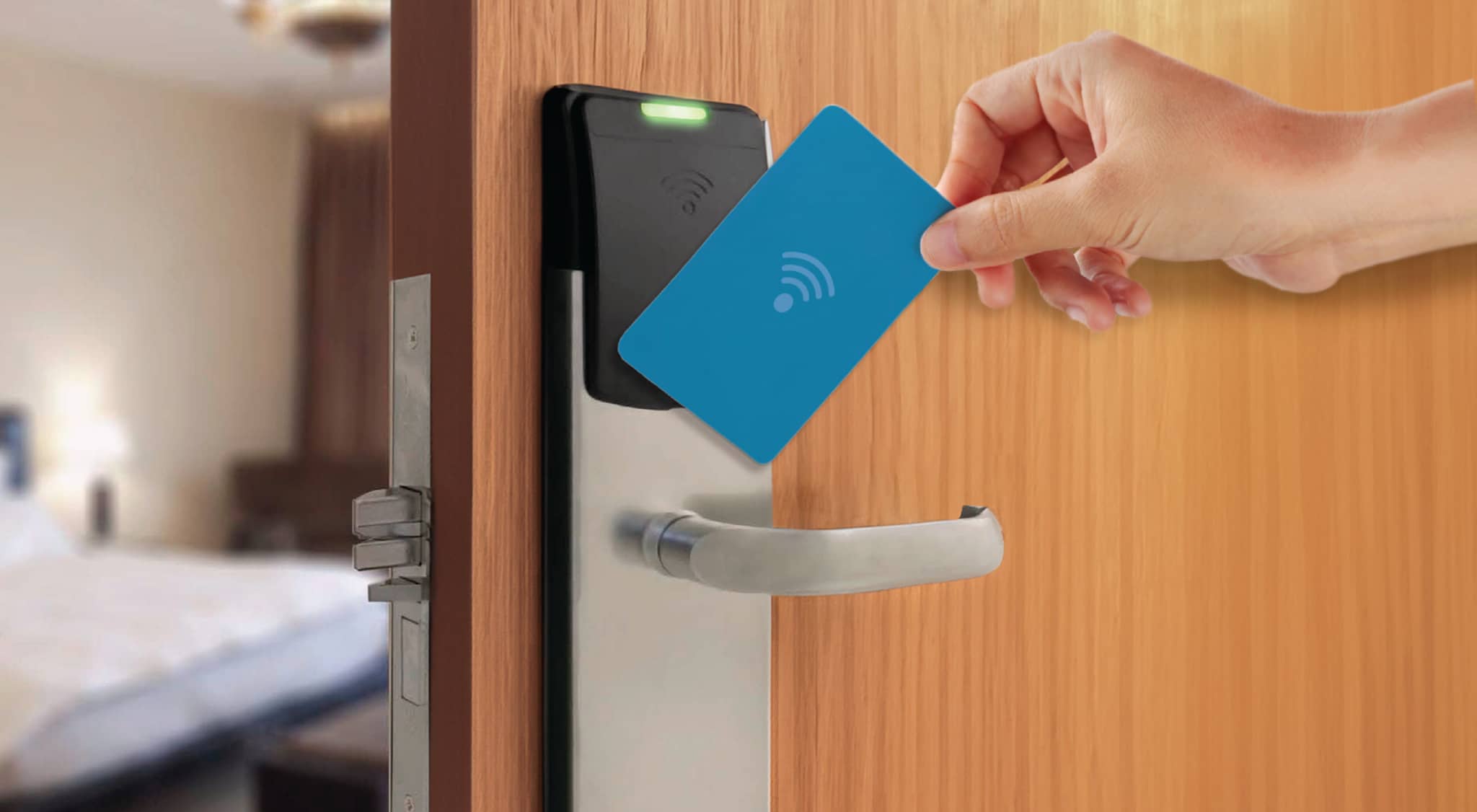
With the continuous advancement of technology, digitalization has become a key development trend in the modern hotel industry. Hotels face numerous challenges in improving operational efficiency and enhancing customer experiences, and the introduction of RFID (Radio Frequency Identification) technology offers a fresh solution for hotel management. RFID enables automated management, real-time tracking, and efficient resource allocation, improving room management efficiency while providing guests with more convenient and personalized services. RFID technology consists of tags, readers, and antennas, and works by transmitting data via radio waves. Tags can be attached to items or individuals, and readers use wireless signals to retrieve the information stored on the tags. This technology has been successfully applied in industries such as logistics and retail, and in the hotel industry, RFID is primarily used in areas such as room management, asset tracking, and guest identity verification, enhancing both management precision and service quality. 2. Applications of RFID in Room Management 1. Efficient Room Management Traditional room management often relies on manual tracking of room status, such as cleaning, maintenance, and occupancy. With RFID technology, hotels can install RFID tags in each room to track room status in real-time. For example, RFID tags in rooms can be detected by readers to immediately show whether a room has been cleaned or needs maintenance, allowing hotel staff to efficiently allocate cleaning or maintenance personnel. In addition, RFID tags can be integrated with hotel management systems (PMS), automatically updating room status and reducing the risk of errors or delays caused by manual entry. This automated management improves room turnover rates and optimizes resource allocation. 2. Precise Inventory Management RFID also offers significant advantages in inventory management. Various hotel items, such as towels, bed linens, slippers, and toiletries, can be tracked using RFID tags. The usage and location of these items can be monitored in real-time, enabling hotel staff to identify items that need replenishment or replacement and prevent shortages. Moreover, RFID technology helps reduce the loss and waste of hotel assets, leading to lower operational costs. For instance, RFID tags can be placed on each item in the room, linking them to the management system. The system can automatically identify the usage of items in each room. When guests check out, the system records which items were used, which need cleaning or replacement, ensuring that room supplies remain complete and hygienic. 3. Paperless Operations to Improve Efficiency The introduction of RFID technology allows hotels to eliminate paper-based processes, reducing the need for manual data entry and cumbersome reporting. In hotel operations, room management often involves extensive documentation, such as cleaning logs, maintenance reports, and inventory records. RFID ...

At the beginning of the COVID-19 pandemic, China rapidly implemented a series of strict public health control measures and leveraged advanced technological tools to strengthen epidemic monitoring and health management. RFID (Radio Frequency Identification) technology, as an efficient and precise wireless identification method, played a vital role in health monitoring and tracking management during the pandemic, significantly improving control efficiency and reducing errors and omissions in manual interventions. Through its non-contact, high-precision data transmission capabilities, RFID helped public health authorities effectively track the virus's transmission chain while also providing strong technical support for isolation management and resource allocation. RFID Applications in Health Monitoring RFID technology’s application in health monitoring, especially during large-scale outbreaks, proved to be particularly important. Due to the rapid transmission and concealed incubation period of the COVID-19 virus, traditional health management methods were inadequate for epidemic control. RFID's efficiency and convenience made it an essential tool for responding to the pandemic. First, in hospitals, clinics, and other healthcare settings, patients wore RFID wristbands or cards that were linked to their health information. Through RFID systems, real-time data, including body temperature, nucleic acid test results, and contact history, were recorded. This approach minimized human errors in data entry, avoided delays in information processing, and improved the accuracy and timeliness of health data. More importantly, RFID demonstrated significant advantages in health data tracking and integration. At the beginning of the COVID-19 outbreak, RFID tags were widely used at testing points and in isolation areas, ensuring that the health information of every person tested was transmitted to a central database promptly. Once a person was tested, the RFID tag immediately uploaded the results, allowing health authorities to access updated data. This real-time update and data sharing greatly improved epidemic response speed and ensured that each patient’s health status could be addressed quickly. RFID’s Role in Tracing the Epidemic Transmission Chain RFID technology played a crucial role in tracing the transmission chain of the virus during the pandemic. Early in the pandemic, due to the long incubation period and the presence of asymptomatic cases, traditional manual tracking methods were unable to quickly and accurately identify potential transmission chains. RFID technology, through real-time tracking of people's movements, was able to precisely identify individuals who had been in contact with infected persons. During the pandemic, RFID tags were widely used in transportation systems, shopping malls, supermarkets, and public spaces. As people entered these areas, the RFID system automatically recorded their entry and exit times. If an outbreak occurred in a p...
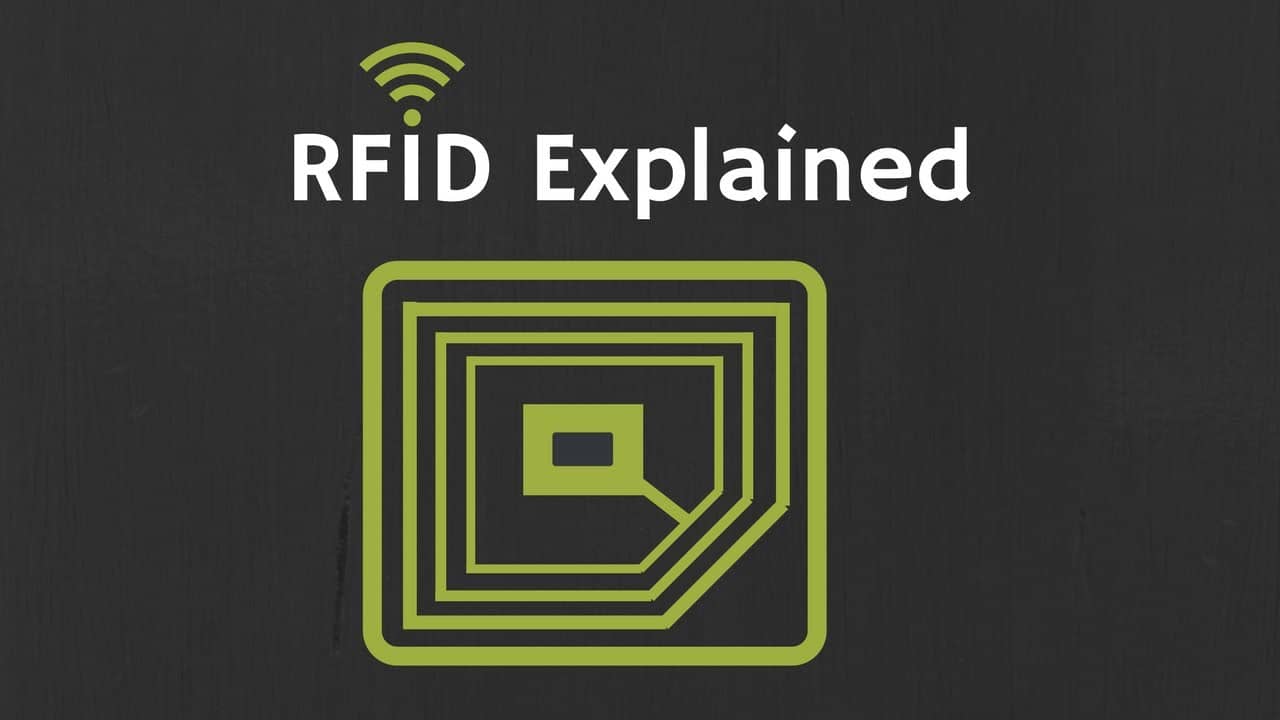
RFID is a technology that uses radio waves to identify objects. It communicates with tags through radio signals and can quickly read data without physical contact. An RFID system consists of three main components: the tag, the reader, and the backend management system. Tag: An RFID tag is an electronic label attached to an item, containing a microchip and an antenna. Tags can be passive (without a power source) or active (with a battery). Passive tags obtain energy from the radio signals sent by the reader, while active tags can send signals autonomously due to their built-in battery. Reader: An RFID reader transmits radio signals to communicate with the tags and receives signals reflected by the tags. The reader decodes the data from the tag and sends it to the backend management system. Backend Management System: The backend system analyzes, stores, and processes the data collected by the reader. This system can be integrated with enterprise business systems such as ERP (Enterprise Resource Planning) and WMS (Warehouse Management Systems) to update inventory information in real-time. The application of RFID technology can greatly improve warehouse management efficiency and accuracy, thereby helping enterprises achieve zero-error inventory management. 2. Working Principle of RFID in Warehouse Management In warehouse management, the RFID system simplifies every aspect of inventory management through automated data collection and processing. The specific workflow is as follows: 1. Goods Receipt When goods arrive at the warehouse, RFID tags are attached to each item. These tags store relevant information such as product IDs, quantities, production dates, and suppliers. Once this data is entered into the backend system, it is automatically linked to the corresponding inventory record. When the goods enter the warehouse, RFID readers positioned at entry points automatically scan the tags and transmit the data to the backend system. The system automatically updates the inventory records, ensuring that the inventory quantity in the system matches the actual goods quantity. Due to the high efficiency of RFID technology, the entire process requires no human intervention, reducing errors during the receiving process. 2. Inventory Management RFID systems monitor the location and status of each item in real-time by placing readers throughout the warehouse. Each item’s RFID tag is automatically scanned as it passes by a reader. With multiple strategically placed readers, such as on shelves, storage locations, and conveyors, RFID technology helps enterprises gather real-time inventory data, reducing errors caused by manual operations. Additionally, RFID systems can assist warehouse managers in predicting inventory needs through data analysis. By analyzing historical inbound and outbound data, the system can identify high-demand products and slow-moving items, enabling precise inventory allocation and management. 3. Inventory Counting Traditional inventory cou...
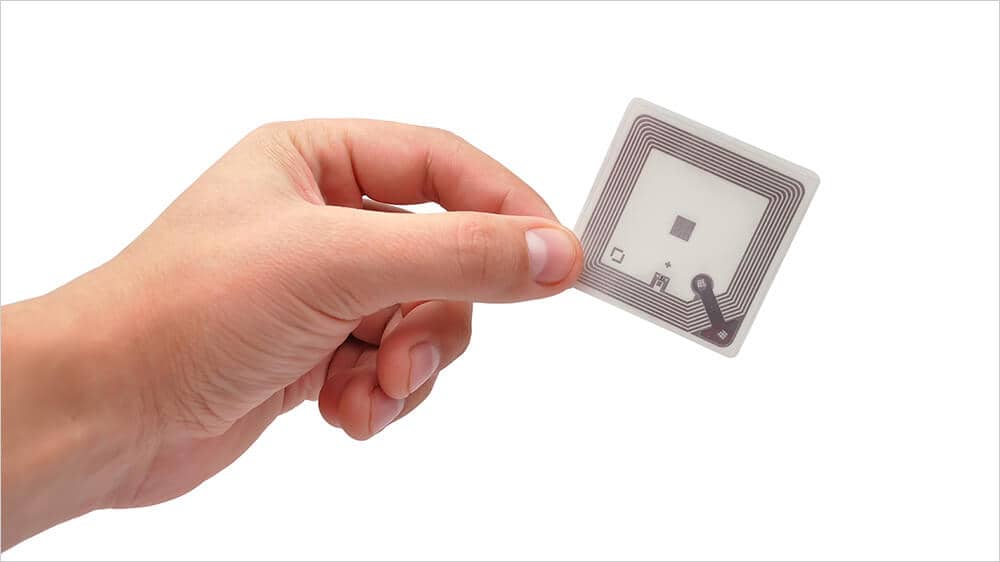
With the rapid development of technology, traditional industries are undergoing an unprecedented transformation. In particular, Radio Frequency Identification (RFID) technology, driven by the Internet of Things (IoT), is gradually changing the way industries operate. From retail to logistics, healthcare to agriculture, RFID is playing a pivotal role in driving digital transformation and industrial upgrades. Among various RFID technologies, UHF RFID desktop reader devices are becoming critical tools in industries for tracking, reading, and managing data with ease and efficiency. This article will explore how RFID, including applications of UHF RFID desktop readers and other devices, is leading transformation in various sectors, highlighting its potential to improve efficiency, enhance transparency, and promote sustainability through real-world examples. 1. Retail Industry Digital Transformation: RFID Enhancing Inventory Management and Customer Experience The traditional retail industry has long faced challenges such as inaccurate inventory management, product loss, and poor customer experience. As consumer demands evolve, retailers are increasingly realizing the need to improve operational efficiency and customer satisfaction. RFID technology, powered by advanced tools like UHF RFID desktop reader writer USB interfaces, has become a key solution to address these issues and is gradually being adopted across the global retail sector. Case Study: Walmart and RFID Walmart, one of the global leaders in retail, began exploring RFID technology as early as 2003 and has since rolled it out on a global scale. By attaching RFID tags to products, Walmart is able to track every item with precision. The application of RFID reader desktop devices has greatly improved inventory accuracy, reducing instances of stockouts and overstocking. At the same time, RFID technology enables Walmart to obtain real-time data on the movement of goods, optimizing restocking processes and reducing the time and cost of manual inventory checks. Additionally, devices such as UHF RFID desktop readers with USB connectivity have simplified the process of reading and managing tagged items in stores and warehouses. More importantly, RFID has improved the customer experience by enabling faster product location and providing retailers with precise sales data for personalized service. Walmart's success demonstrates how RFID, coupled with tools like UHF RFID desktop readers, helps retailers transition from traditional manual management to intelligent, automated digital systems, ultimately improving business efficiency and customer satisfaction. 2. Logistics and Supply Chain Management: RFID Enhancing Tracking and Transparency Logistics and supply chain management are crucial components of modern business operations, and their efficiency and transparency directly impact a company's competitiveness. Traditional logistics management relies on manual records and human verification, which are not ...
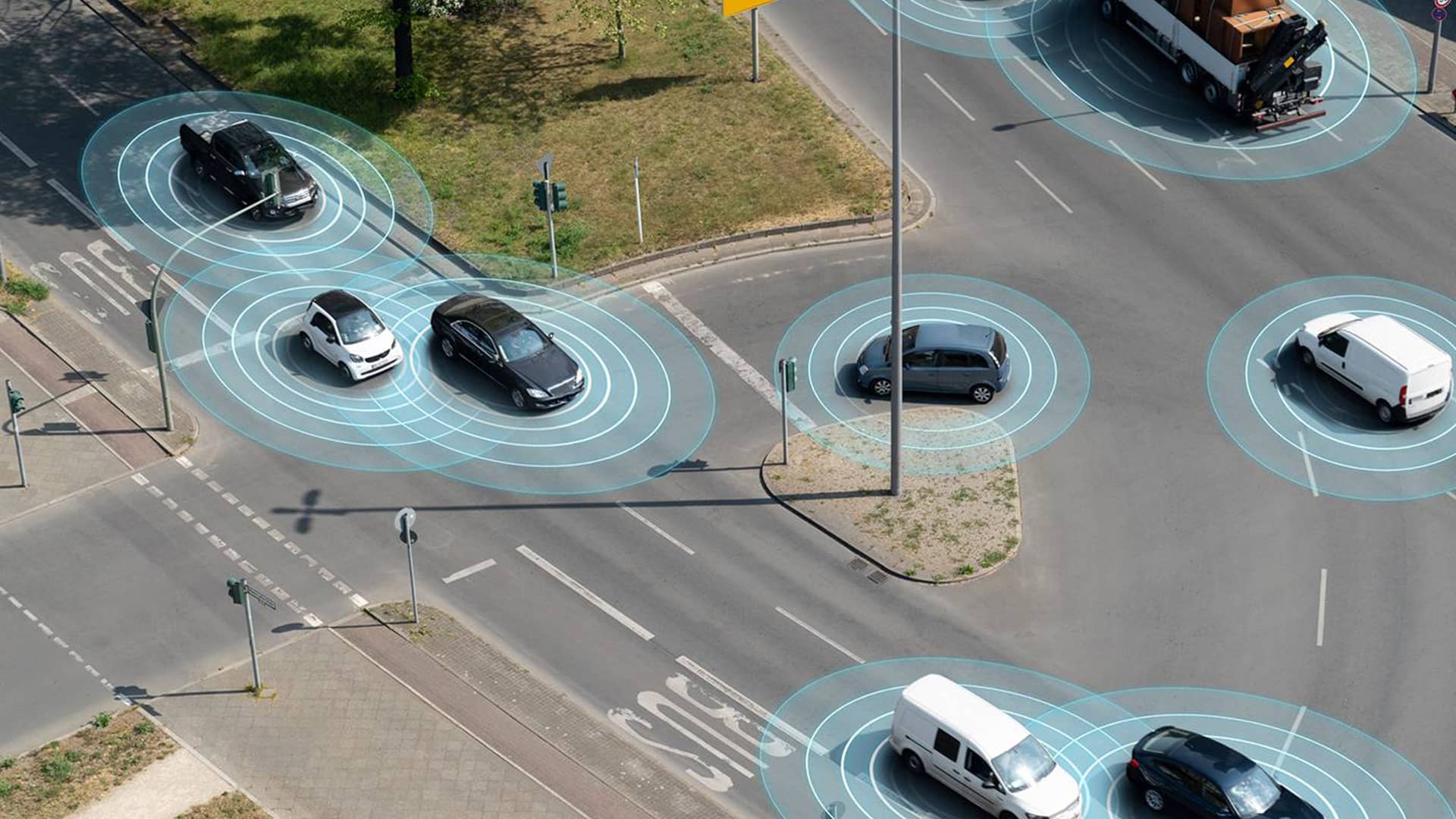
As smart cities and IoT (Internet of Things) technologies continue to evolve, RFID (Radio Frequency Identification) technology is becoming increasingly prevalent in the transportation sector, especially in vehicle management and traffic control. By integrating RFID systems, traffic management becomes more efficient and accurate. In this article, we will explore some real-world examples of how RFID plays a critical role in smart transportation and enhances vehicle management. 1. Electronic Toll Collection: "Smart Passage" on Highways In traditional toll booths, vehicles must stop to pay manually, which not only lowers efficiency but also causes traffic congestion. In recent years, many countries and regions have introduced RFID technology to promote the widespread use of Electronic Toll Collection (ETC) systems. In these systems, each vehicle is equipped with an RFID electronic tag. When a vehicle passes through a toll station, RFID readers automatically scan the tag on the vehicle, identify the vehicle, and complete the payment. This method eliminates the need for vehicles to stop, allowing them to pass through toll stations without delay, greatly improving efficiency. For example, in China, the "ETC" toll system has been widely adopted on most highways. By installing RFID tags on vehicles, the system can read information and charge vehicles in seconds, allowing drivers to pass through without stopping. This not only alleviates traffic congestion but also reduces fuel consumption and pollution caused by waiting in line. 2. Smart Parking Management: Solving "Parking Difficulties" in Cities The challenge of finding parking, particularly in busy city centers, is a common problem in many urban areas. RFID technology has emerged as an effective solution for smart parking management. By installing RFID readers at parking lot entrances, vehicles are automatically identified when they enter, and the system registers them, thereby releasing a parking spot. For instance, some smart parking lots in Hong Kong have implemented RFID automatic identification systems. Drivers simply need to place an RFID tag on their vehicle's windshield. When the vehicle enters a parking lot, the system automatically reads the tag and registers the vehicle without any need for stopping or manual ticket issuance. Upon leaving, the system also quickly identifies the vehicle and calculates parking fees, allowing drivers to pay via mobile payment. This system not only reduces the time spent searching for parking spots but also improves the utilization of parking spaces, greatly enhancing the parking experience. Additionally, RFID technology can be integrated with space monitoring systems. By installing sensors beneath each parking spot, the system can track the status of available spaces in real-time. Drivers can check the availability of spaces via parking lot displays or mobile apps, reducing the time spent searching for a parking spot and improving overall parking lot efficiency...

I. RFID Applications in the Financial Industry RFID technology uses radio waves to transmit information and typically consists of a tag, a reader, and an information system. In the financial industry, RFID is primarily used in the following areas: Contactless Payment Systems Contactless payment technology is one of the key areas of RFID application in finance. Users can complete a payment by simply bringing a bank card or smartphone with an RFID chip close to a reader, without needing to insert the card or enter a PIN. This payment method is not only fast but also secure, and it is increasingly replacing traditional card-based payments, especially in transportation, retail, and dining sectors. Identity Verification and Access Control RFID is also widely used in identity verification and access control systems within financial institutions. Banks, insurance companies, and other financial institutions use RFID-enabled employee and customer cards to authenticate identities, ensuring that only authorized personnel can access specific areas or services. This enhances both operational efficiency and security. Asset Management and Tracking Many financial institutions use RFID tags to track and manage their assets, such as equipment, documents, and other valuable items. Through RFID technology, financial institutions can precisely track the location of assets, prevent loss or theft, and take timely action when discrepancies arise. Smart ATMs Smart ATMs equipped with RFID technology allow users to authenticate themselves and withdraw money using an RFID-enabled bank card or device. This enhances user convenience and transaction security. II. Security and Privacy Protection Challenges of RFID in the Financial Industry While RFID has significant advantages and widespread applications in the financial sector, it also faces several security and privacy challenges. The following are some of the key security risks associated with RFID in the financial industry: Remote Reading and Data Theft RFID tags can be read from a distance of several meters, which means that without adequate encryption or protective measures, an attacker can remotely read the information from a card or device without physical contact. This remote reading capability makes sensitive information, such as bank card numbers and account details, vulnerable to theft, especially in public spaces or high-risk areas. Solution: Strengthening data encryption is key to addressing this issue. Financial institutions can use high-strength encryption technologies such as AES (Advanced Encryption Standard) to protect the data stored in RFID tags. In addition, implementing dynamic authentication methods, such as one-time passwords (OTP), can effectively prevent attackers from accessing sensitive information through remote reading. Man-in-the-Middle (MITM) Attacks In RFID payment systems, an attacker could disguise themselves as a legitimate reader and intercept and alter the data transmission between the use...
Categories
New Products
JT-6210 0-1m UHF RFID Desktop USB Reader Writer ISO18000-6C Read More
JT-7100 0-3m 860-960MHz UHF RFID Industrial Grade RFID Reader Read More
JT-8380 0-6m UHF RFID 860-960MHz Middle Range Integrated Reader Read More
JT-P983 Industrial Tablet Pad RFID Handheld Reader Grade Long Range Android UHF Terminal Bluetooth RFID Reader For Warehouse Read More
JT-1550 Small Mini HF RFID 13.56MHz Module ISO14443A ISO 15693 Protocol Read More
JT-2302A 13.56MHz RFID Module ISO14443A ISO15693 Protocol Read More
JT-2302 HF RFID 13.56MHz Module ISO14443A ISO15693 Support Mifare1 IC card Read More
JT-2540 TM200 UHF RFID 4-port Module 860-960MHz TTL Read More
Copyright © 2025 Shenzhen Jietong Technology Co.,Ltd. All Rights Reserved.

IPv6 network supported